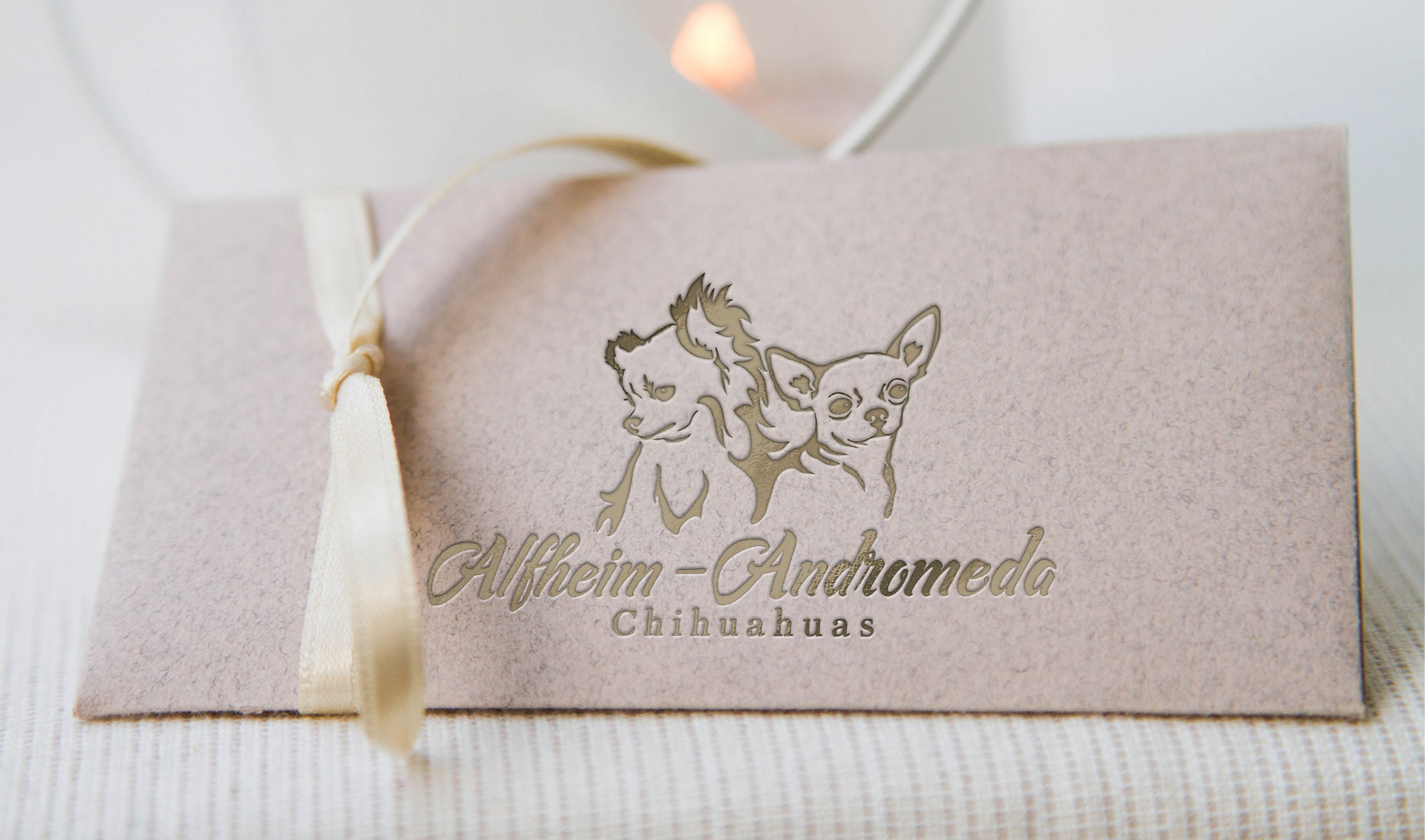Chihuahua rival Boston Terriers 1907
- Ansok
- Mar 4, 2024
- 4 min read
Buffalo_Courier_Express_1907_03_19_page_11
RIVAL BOSTON TERRIERS. Not the only American Dog Exhibit at the many Bench Shows. The Boston terrier is by no means the only American dog that is to be seen at shows for there are at least two breeds which ante- date the manufacture of the dog of Boston from fighting bull and terriers, The two breeds referred to are the Mexican hairless and the Chihuahua dog, also of Mexico. Close- ly allied to the latter is a dog which may perhaps yet be found among the Indians and residents of Arizona, a dog resembling the Pomeranian more than anything else, but with the orifice in the skull that is found in the Chihuahua. It is possible that the Chi- huahua is one of the oldest breeds in the world, and the theory for this suggestion is that it is found also in China, as is the hair- less dog called the Chinese tufted dog, as it usually has a topknot, or, at least, the few taken to England had a litle wisp of hair on the forehead. Another thread of evidence along the same line is advanced by Colonel H. H. Edwards of Shawnee, Okla., who has one of the few kennels of Chihuahua dogs in the country A Samoan who had been a whaler and knew many of the South Pacing Islands, vitited the kennels a short time ago and told Colonel Edwards that he had seen similar dogs years age on the islands. On being told that they were claimed as Mexican, he shook his head and said he was sure his old father knew of them, and suggested that in some way they might have reached Mexico from the islands. The Chihuahua gets its name from that Mexican city having for many years been prominent in connection with the breed, but it is almost impossible to get any there now, the stock having been so depleted by sales to visitors. They are best described as being very smal itoy terriers, being the most dimi- nutive of dogs. One of Colonel Edwards's dogs, when eight years old, weighed only ten ounces, but that was exceptional. Specimens between one and two pounds are by no means uncommon, but in far too many cases the diminutive size is accompanied by weakness and almost helplessness. That does not apply to all, however, and many of these exceed- ingly small dogs are bright and alert about the house When acclimated they are by no means so fragile as their appeaprance would suggest, those bred in northern lattitudes being robust and hardy. Most of them, how- ever, seem to gain in size over those bred in the Southwest or in Mexico. "

Title: Rival Boston Terriers
Publication: Buffalo Courier Express
Date: March 19, 1907
Page: 11
Key Points:
Comparison with Other Breeds: The article contrasts the Boston Terrier with other American dogs, notably the Mexican Hairless and the Chihuahua, highlighting the antiquity and uniqueness of the latter two breeds, especially the Chihuahua.
Historical Significance: It suggests that the Chihuahua may be one of the oldest dog breeds, presenting evidence of its presence in China and the possibility of its ancient migration from the South Pacific Islands to Mexico. This assertion is supported by anecdotal evidence from a Samoan whaler.
Geographical and Cultural Associations: The breed is closely associated with the Mexican city of Chihuahua. However, the article notes the difficulty of obtaining purebred Chihuahuas from this area due to the depletion of local stock, which is attributed to the breed's popularity among visitors.
Physical Characteristics: Chihuahuas are described as tiny toy terriers, with some specimens weighing between one and two pounds. The article remarks on the breed's diminutive size, sometimes resulting in fragility, but also notes that many Chihuahuas are bright, alert, and robust, especially those bred in northern latitudes.
Adaptability and Health: The adaptability of Chihuahuas to different climates is mentioned, with an emphasis on their increased robustness when acclimated to northern climates, contrasting with those bred in warmer regions.
Analytical Reflection:
This article provides valuable insights into the historical and cultural significance of the Chihuahua breed, emphasizing its ancient origins and the complexity of its distribution and adaptation across different regions. The mention of the breed's physical characteristics, alongside observations on its health and adaptability, offers a nuanced view of the Chihuahua that transcends mere physical appearance. The anecdotal evidence linking Chihuahuas to China and the South Pacific Islands introduces an intriguing aspect of the breed's history that warrants further investigation.
Confusion with Other Breeds:
Xoloitzcuintli (Xolo) or Toy Xolo?: The reference to the breed's antiquity, its presence in ancient China, and its resemblance to wild dogs that lived underground could lead to confusion with the Xoloitzcuintli. The Xolo is known for its hairlessness and ancient heritage in Mexico, which could align with descriptions of dogs living like prairie dogs or having similar survival strategies. The article's mention of a "Mexican Hairless" alongside the Chihuahua further blurs the lines between these distinct breeds.
Conclusions:
Breed Distinction and Historical Overlap: The article provides a layered view of the Chihuahua's significance but raises questions about breed distinction, especially in historical and cultural narratives. The similarities in descriptions could suggest a conflation of the Chihuahua's history with that of the Xoloitzcuintli, particularly in their shared heritage as ancient, valued breeds within Mexican culture.
Need for Further Research: The article's anecdotal evidence and historical assertions point to a fascinating, albeit complex, history that could benefit from further scholarly investigation. Distinguishing between the Chihuahua and Xolo (including the toy variant) in historical accounts could clarify these breeds' distinct origins, cultural roles, and physical adaptations.
In summary, while the article contributes significantly to the understanding of the Chihuahua's place in dog breed history, it also opens up avenues for more profound research into the origins and distinctions between the Chihuahua and other ancient breeds like the Xoloitzcuintli.


![04[5287]_edited.png](https://static.wixstatic.com/media/19bc06_e20664f6f34a40a38ce600e39e177c3c~mv2.png/v1/fill/w_980,h_578,al_c,q_90,usm_0.66_1.00_0.01,enc_avif,quality_auto/19bc06_e20664f6f34a40a38ce600e39e177c3c~mv2.png)


























